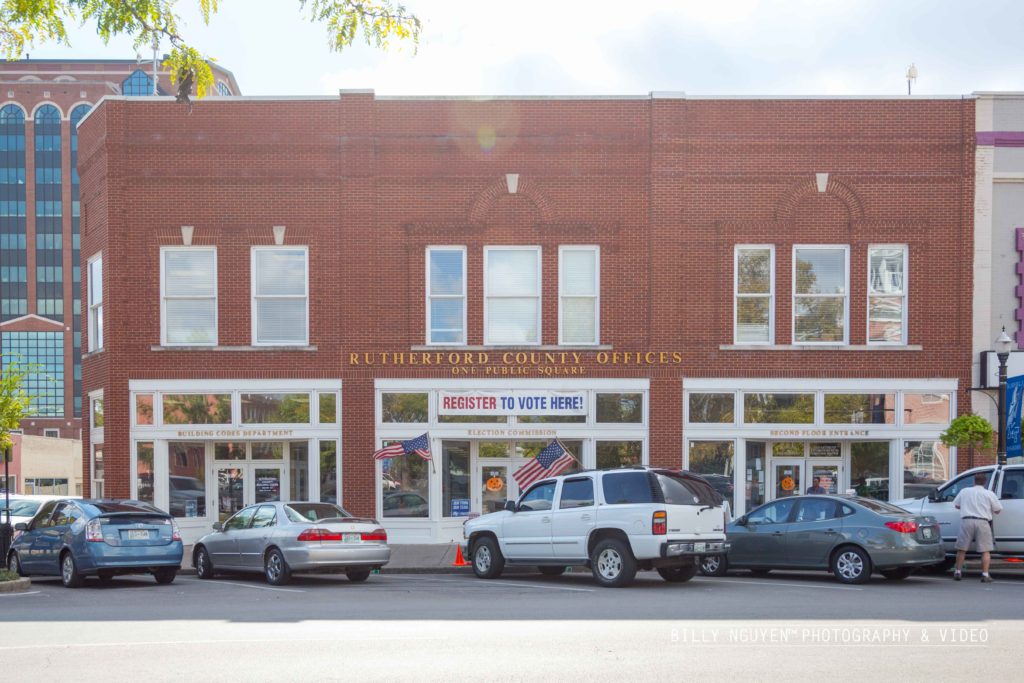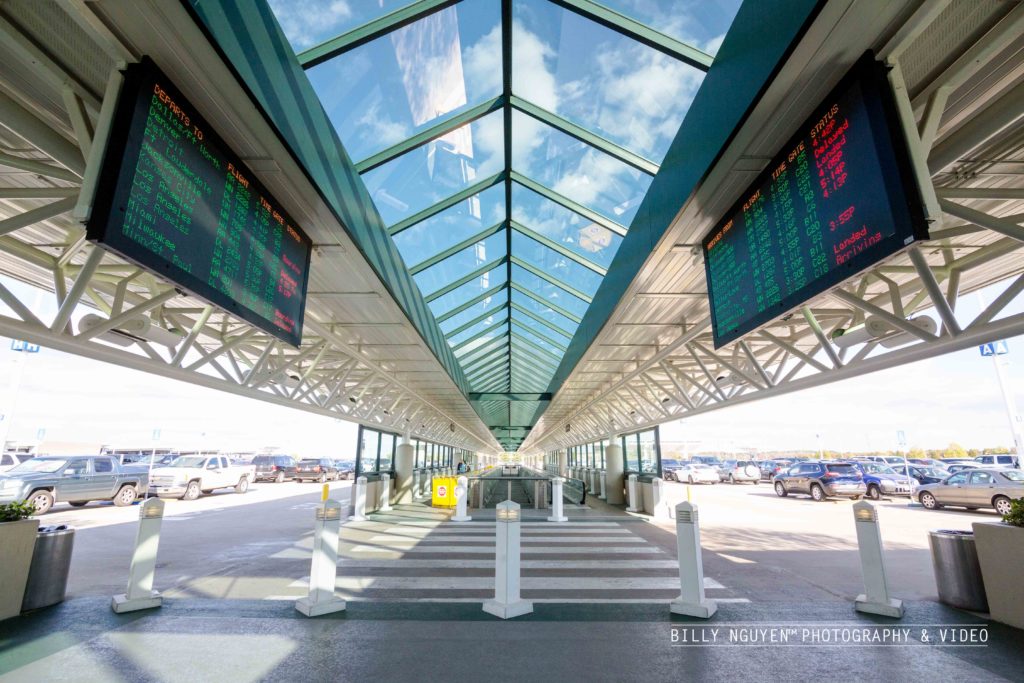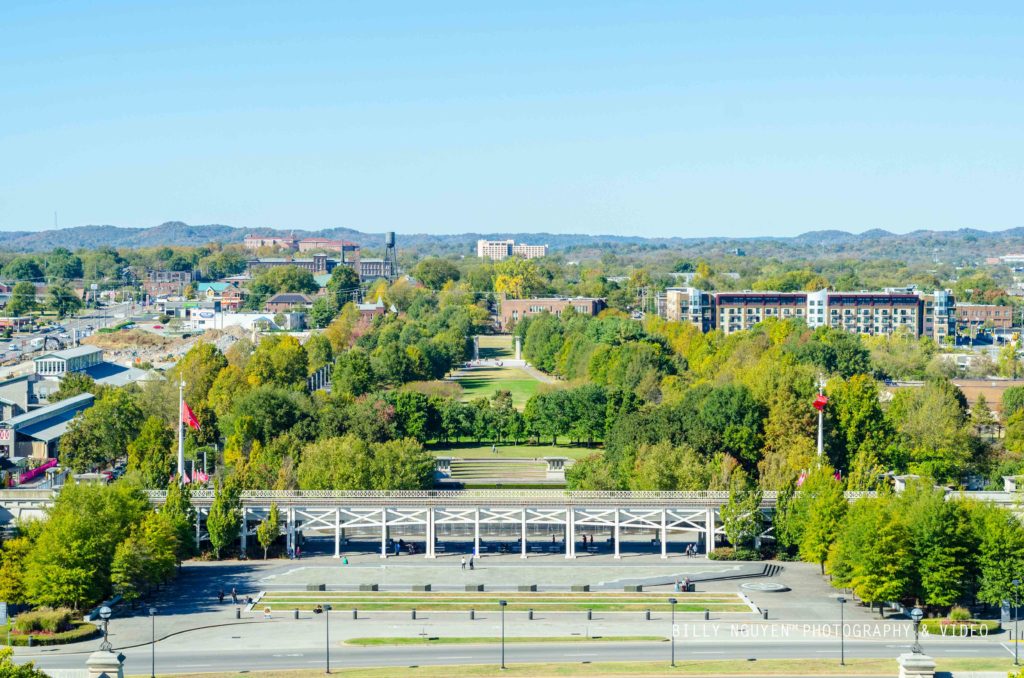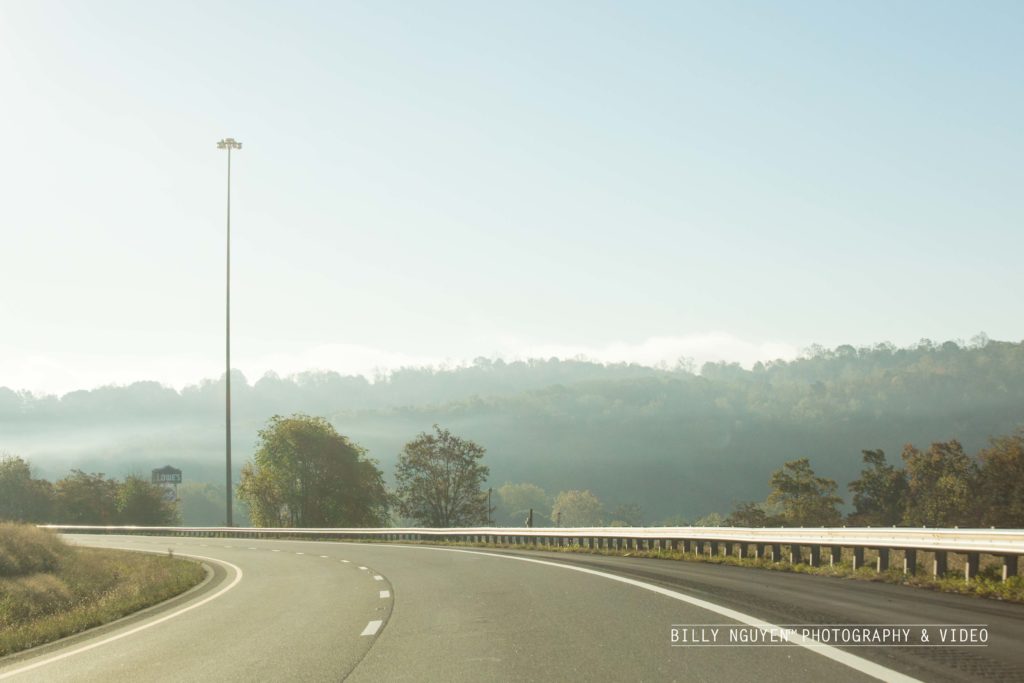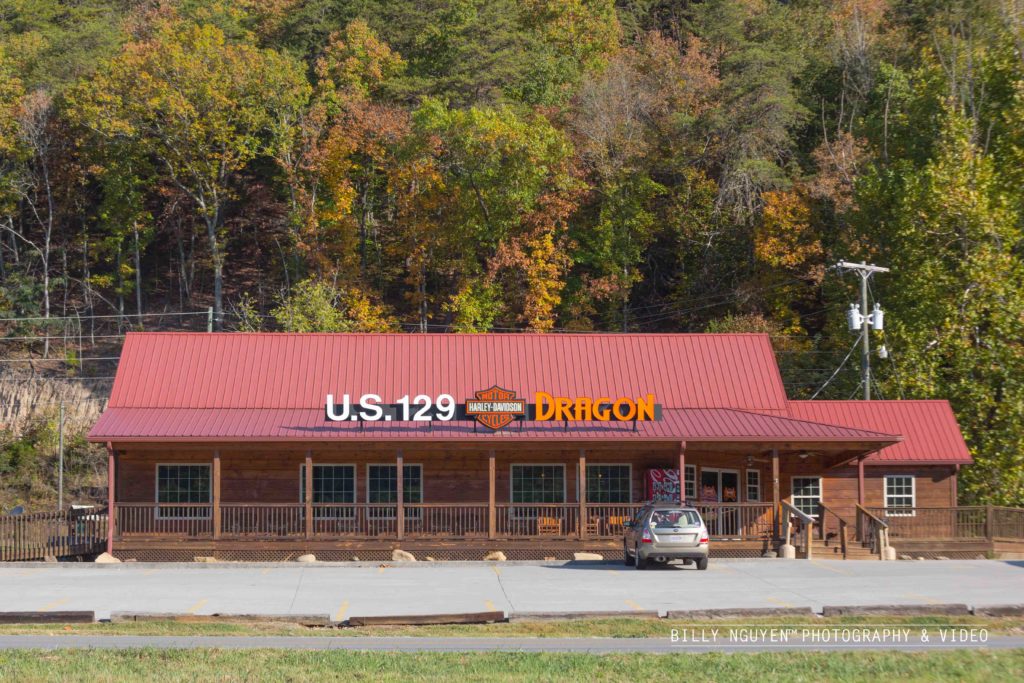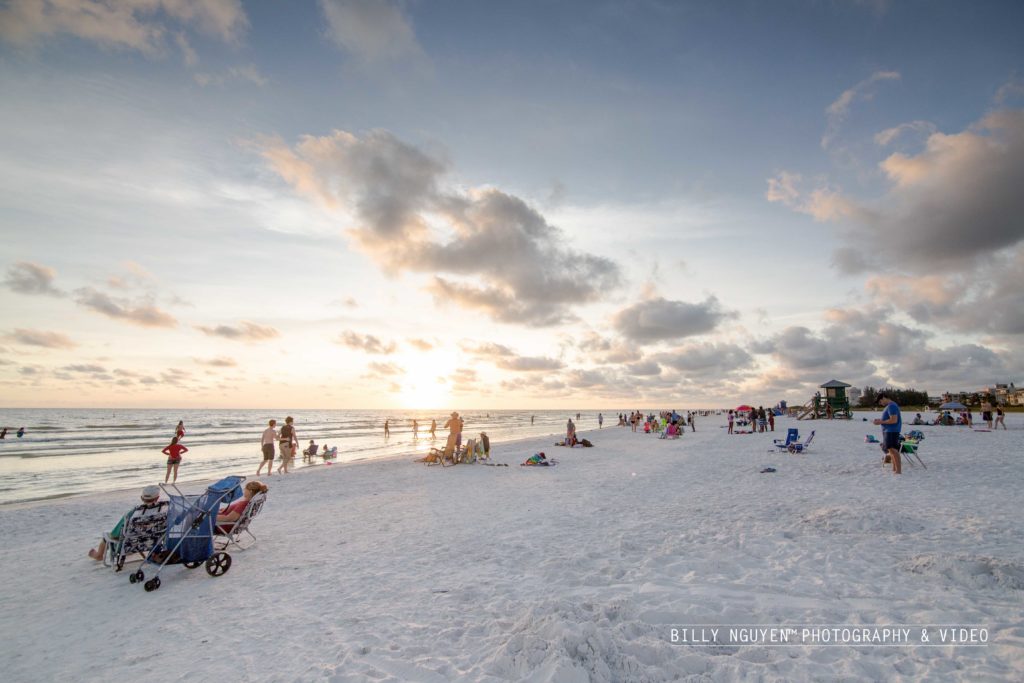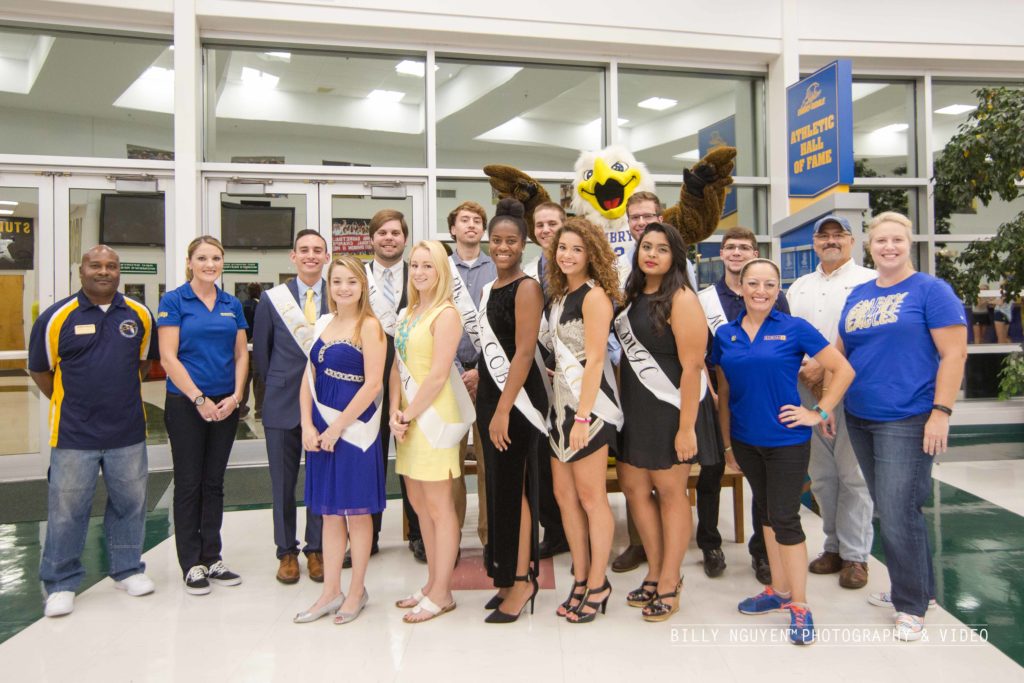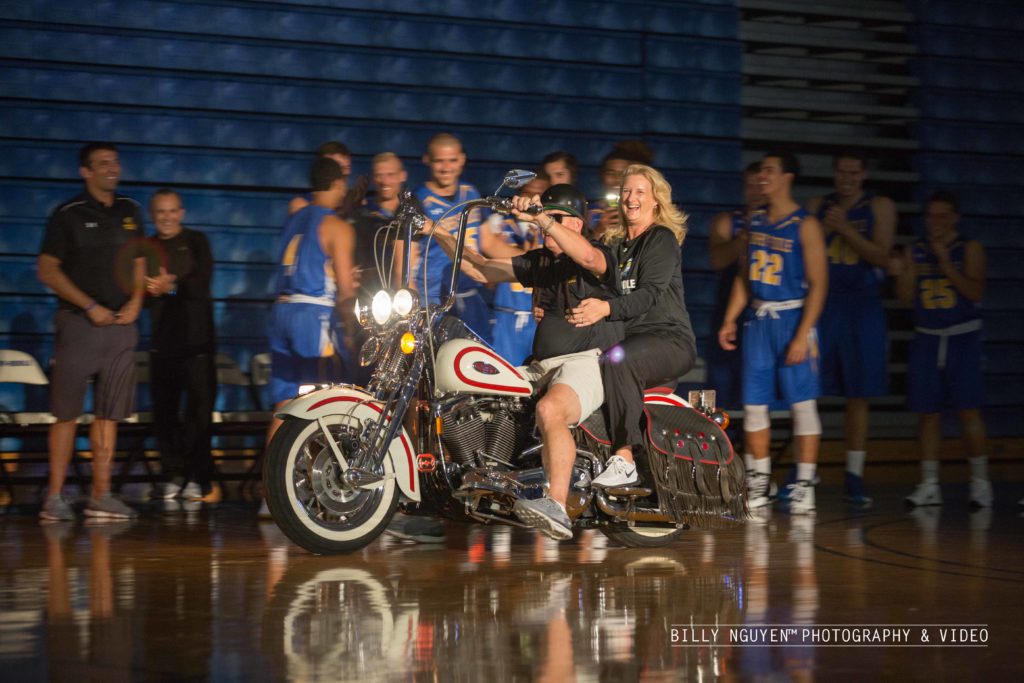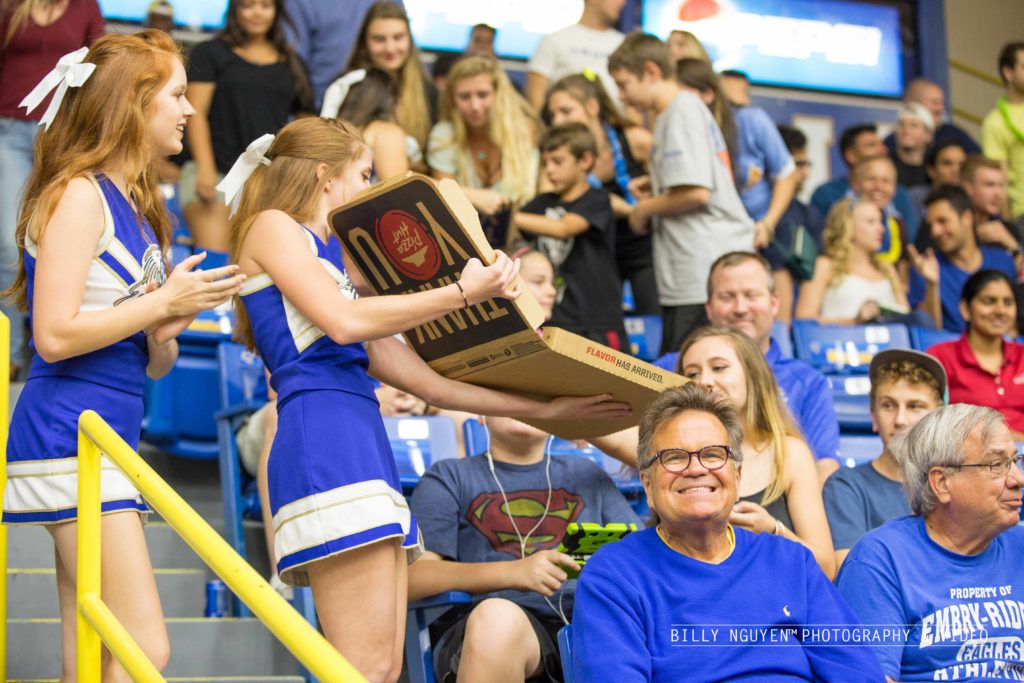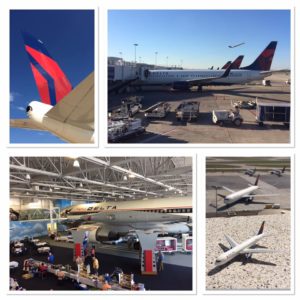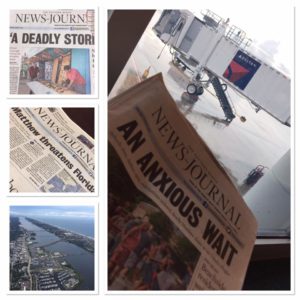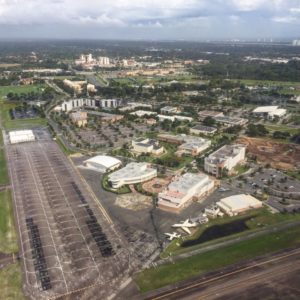Well, Fall Break is now behind us which means that there’s about six to seven more weeks left of the fall semester. I’m amazed at how fast we’ve gotten to this point and everything that’s happened since the beginning of the semester until now.
For Fall Break, I went home with my roommate to Tennessee, and needless to say, I was really excited since I’ve never been to to Tennessee before. We left Port Orange at 5 a.m. and embarked on a 10-hour road trip north. We encountered scenic roads, strange billboards, and interesting individuals: All the hallmarks of a great road trip.
When traveling through the country, I-95 is typically the only interstate I used, so traveling on I-75 was different for me. I saw things that I normally wouldn’t see on I-95, got to pass through cities I’ve never visited before, and got a better understanding of the United States geographically.
Once we made it through Georgia, I was greeted by the large, looming mountains of Tennessee. Coming from a place like New Jersey, where the land is constantly flat with no major land changes, this was a real treat: I’ve never seen mountain formations like this before, and with fall rapidly approaching, the browning of the trees made me feel like I was in New England. Coincidentally, the homes in the area where my roommate lived were modeled after New England homes. I guess if I had to compare, Tennessee has a rural Pennsylvania vibe to it.
The next two days involved sight-seeing around town and Nashville. While I’m not a huge fan of country music, Nashville wasn’t too bad. Then again, I really only spent time around the state capital building and the bicentennial park so I didn’t really get to see Nashville in its entirety. It’s kind of like trying to see all of New York City in one day: It’s impossible. I do plan on coming back to Tennessee though. There’s so much I want to do, and now that I have an idea of what the state is like, it’ll be easier to budget my time.
Sunday morning, we left my roommate’s house at 5 a.m. but this time took the scenic route home instead of the direct way we took there. The scenic route involved heading east into the mountains by North Carolina, southwest to Georgia, and then south back to Florida. Even though the route added an extra five hours to our journey, I think it was worth it. Tennessee just has something really unique and beautiful about it which no other state I’ve been to seems to have. Driving on the mountain roads with the morning fog was awe inspiring, and sharing the backroads with bikers was equally breath-taking. Passing through Georgia and Florida was pretty normal with nothing important to report. After driving non-stop, we managed to make it back to our apartment around 10 p.m.
I think this Fall Break will go down as one of the many highlights of 2016. I got out of my comfort zone, traveled to places I’ve never been to before, and got to see a lot of things that I didn’t know existed. Most importantly, the break gave me time to rethink my life and relax from all of the stress this semester has accumulated. I learned that I need to pace myself and take things one step at a time, which may seem cliché, but is probably something that will save me from breaking down one day.
With that said, I’m going to try hard to finish this semester on a strong note. Until my next blog entry, stay curious and be safe.



